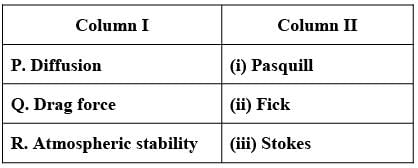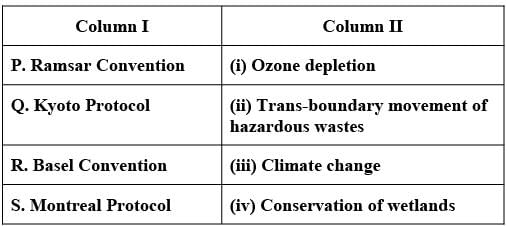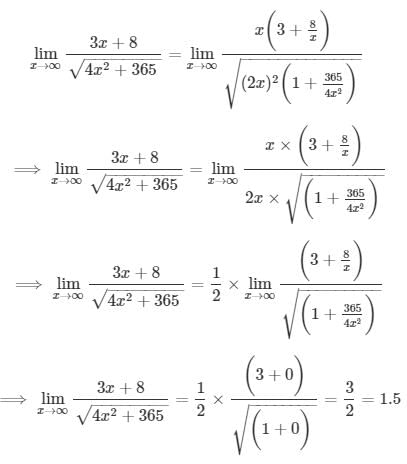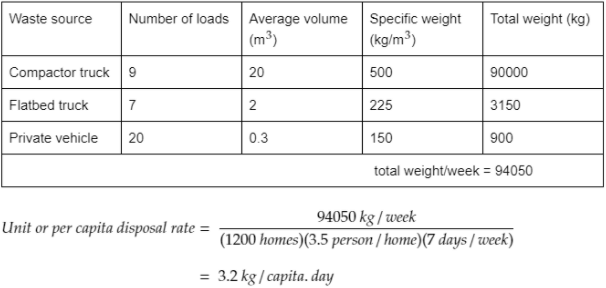GATE Environmental Science Mock Test - 7 - GATE Environmental Science MCQ
30 Questions MCQ Test - GATE Environmental Science Mock Test - 7
Ram consumed the remaining coffee with a __________.
Rafi informed Mary, “I am considering watching a movie this weekend.”
The following conveys the above statement in indirect speech:
Rafi informed Mary that he _______ of watching a movie that weekend.
The following conveys the above statement in indirect speech:
Rafi informed Mary that he _______ of watching a movie that weekend.
Permit : _______ : : Enforce : Relax
(By word meaning)
(By word meaning)
What is the digit in the unit’s place of the product 3999 × 71000?
Identify the underlined section and select the most appropriate alternative to replace it.
The advancement in technology is entirely different from what we have observed in the previous century.
Which of the following statements can be deduced from the paragraph above?
Which of the following statements accurately defines the term Ecological equivalent?
In a proximate analysis, a 10 kg moisture-free solid sample is subjected to heating in a furnace at 950°C without the presence of air, resulting in a mass loss of 6 kg. Conversely, when the identical 10 kg moisture-free solid sample is heated in the furnace at the same temperature with air present, the mass decreases by 7 kg. What is the percentage of fixed carbon found in the sample?
Chlorine is most efficient as a disinfectant for water when the pH is ____________.
The sodium adsorption ratio (SAR) is frequently utilized to forecast possible infiltration issues. What concentrations of which chemical species are required for its calculation?
Which of the following elements exhibits the correct sequence of electron affinity?
The process that leads to the formation of carboxyhemoglobin involves
Examine the equation: x3 -10x2 31x - 30 = 0. Which of the following represents the root(s) of this equation?
A sample of solid waste comprises various components with their respective weight percentages indicated.
Food waste constitutes 40% (density - 800kg/m3), while paper makes up 35% (density - 400kg/m3). The remaining fraction has a density of 250kg/m3.
What is the total density of the solid waste sample in kg/m3 (rounded to two decimal places)?
What is the value (rounded to one decimal place) of the following limit?

In an aeration tank, the concentration of MLSS is measured at 2200 mg/l, while the sludge volume recorded after 30 minutes of settling in a 1000 ml graduated cylinder is 180 ml. Determine the sludge density index in g/ml (rounded to two decimal places).
The value of  is _____ (rounded to two decimal places).
is _____ (rounded to two decimal places).
In the case of a floating boat A, the vertical distance between the metacentre and the centre of gravity is represented by x1 = 9 m. In contrast, for another boat B, which has the same weight and dimensions as boat A, the vertical distance between the metacentre and the centre of gravity is indicated by x2 = 4 m. What is the ratio of the time periods of oscillation for boats A and B, respectively?
Connect the items listed in Column I with their corresponding items in Column II.

Which of the following international multilateral agreements (such as conventions and protocols) listed in Column I corresponds with the items in Column II?

Identify the correct order concerning the environmental management system ISO 1401:
The proliferation of phytoplankton in aquatic environments such as lakes and ponds is influenced by the availability of essential limiting nutrients. Which of these nutrients are responsible?
This is an MSQ. One or more than one options can be correct.
Which factors would affect the amount of solar radiation received by a rooftop solar water heater at a specific location?
MSQ: Identify the gases generated by anaerobic bacteria as a result of the digestion of sludge.
NOTE: This is a multiple select question, meaning one or more options may be correct.
What is the equivalent sound power level (in dB, rounded to two decimal places) for the four sources with noise levels of 60 dB, 69 dB, 70 dB, and 79 dB?
A noise level of 90 dB is recorded at a distance of 100 m. What would be the noise level at a distance of 141 meters? It should be expressed in ___ dB.
(Please provide your answer rounded to the nearest integer.)
A baghouse filter consists of 20 compartments, each containing 350 bags, with each bag having a diameter of 12 m and a length of 40 m. The gas flow rate is 1200000 m3/min. If three compartments are not operational, what is the percentage change in the air-to-cloth ratio? (Round your answer to 2 decimal places.)
A system of four electrostatic precipitators is arranged in series, with fractional efficiencies of 80%, 75%, 60%, and 50% respectively. What is the overall efficiency (%) of the system?
(Please provide your answer rounded to the nearest integer)
A water treatment facility processes 20 million litres of water each day using Copperas and lime. If the concentration of ferrous sulphate is 20 mg for every litre, what is the total amount of quick lime (in kg, rounded up to two decimal places) needed daily, assuming lime is added first?
In a residential community consisting of 1200 houses, each averaging 3.5 individuals per household, a local transfer station serves as the observation site for the waste collected before final disposal. Calculate the unit waste disposal rate for this community (Round up to one decimal, in kg/capita per day).
The specifications for the vehicles and their capacities are outlined below:
Number of compactor trucks = 9 weekly
The average capacity of a compactor truck = 20m3; Specific weight = 500 kg/m3
Number of flatbed truckloads = 7 weekly
Average flatbed volume = 2m3; Specific weight = 225 kg/m3
Number of loads from residents using private cars and trucks = 20 weekly
Average estimated volume for each domestic vehicle = 0.3m3; Specific weight = 150 kg/m3

















